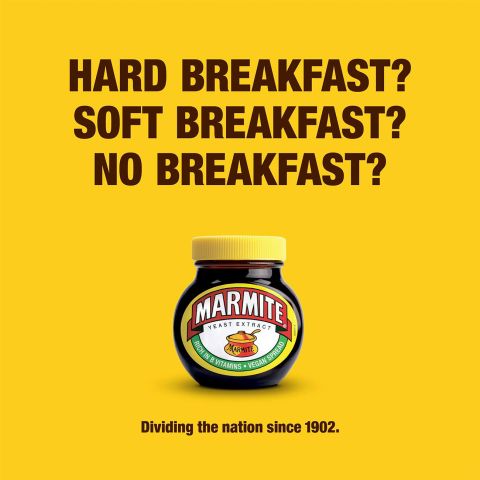

Transportation in UK
jasleen kaur
Roads and motorways are Britain’s primary domestic transport routes. There are some 225,000 miles (362,000 km) of roads in Britain.
Travel by car, van or taxi is by far the most common means of transport, accounting for 85 per cent of passenger mileage in Great Britain.
Most people in Britain travel by car. About 75% of households have at least one car.
Motorcycle
Motorcycling is popular in Britain, both as a means of transport and as a pastime with over one million motorcyclists.
A moped with an engine capacity up to 50cc can be ridden at the age of 16 with a provisional licence. The maximum legal speed a moped can be ridden is 30 mph (50kph).
A full motorcycle licence can be obtained at the age of 17 after passing a test.
Buses and Coaches
We have single decker and double decker buses. You can see them in our towns and cities. We use coaches for travelling longer distances or for going on school outings.
The red double decker buses are famous all over the world. You can see loads of them in London.
Taxis
In London, the taxis are black but in the rest of the country they are different colours.
Black Cabs are the only taxi you can hail from the street (though they now come in other colours as well). With the “for hire” sign lit, the driver is obliged to stop for you.
Radio Taxis (Ph. No. 020 7272 0272)
Dial-a-Cab (Ph. No 020 7253 5000) both operate a 24 hour telephone booking service for black cabs.
Ladycabs ( Ph. No 020 7272 3300 ) operate with only lady drivers.
The Tube
The London underground railway system (or ‘tube’, as it is known locally) celebrated its centenary in 1990 and is internationally famous, ranking alongside the Paris metro and the New York subway. London’s tube network covers the largest area of any underground rail system, with 253 miles of tracks, of which 20 miles are in shallow tunnels and 93 miles in deep tunnels. The tube runs to all areas of central and greater London, connecting all mainline stations.
Euro Trains
The rail network in Britain is one of the most extensive in Europe with over 11,000 miles (17,500km) of lines, some 2,500 stations and around 1,500 trains a day.
The trains travel under the sea in a very long tunnel called the Channel Tunnel. The tunnel was completed in 1995 and is 50 metres below the sea bed.
Eurostar is the high-speed train service linking London, Ashford, Paris, Brussels, Lille, Avignon, Calais, Disneyland Resort Paris and the French Alps.
Eurostar only transports people, if you would like to take you car you have to go on the Euro Shuttle.
The “Shuttle” service joins Calais to Folkestone in 35 minutes. We drive our cars onto the Shuttle trains.
When in London, “the Tube” is a great means of getting around!
Train Stations
The major stations in London are:
Euston, St Pancras, Victoria and Charing Cross.
Airports
ENGLAND : There are 470 airports in England.
London has five airports : Heathrow, Gatwick, Stanstead, London City and Luton. The first three have underground connections to the centre of London and are the main London airports.
Heathrow and Gatwick Airports are the two main centres for overseas flights. London (Heathrow) Airport is one of the largest airports in the world and has two tube stations.
Top 10 busiest Airports of UK
1 Heathrow
2 Gatwick
3 Manchester
4 Stansted
5 Birmingham
6 Glasgow
7 Edinburgh
8 Luton
9 Belfast International
10 Bristol
Related Links
Latest News
People Reading Now

CBSE Compartment Result 2023 OUT: Click For Direct Link



CSAB 2023: Special Round Registration Begins Today





